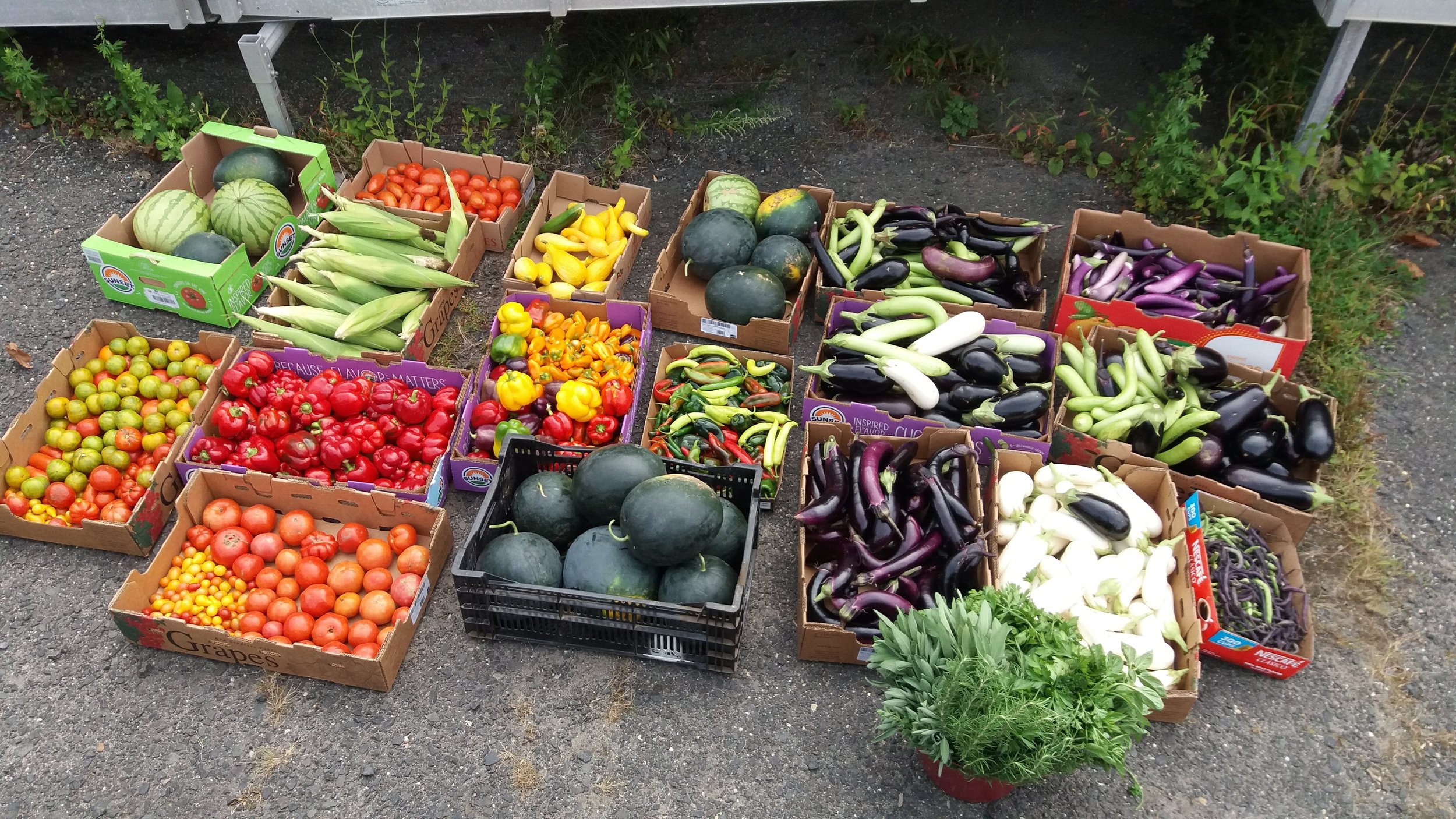Seed Selection for the Home Garden
Selecting seeds for your garden can be a fun and exciting process, but it's important to choose the right seeds for your specific climate and growing conditions. Here are some tips to help you select the best seeds for your garden.
Gardening Through The Winter
Large raised garden beds or simple backyard vegetable gardens need to be tended to before the frost!
Types of Vegetable Gardens
DIY a garden - there are several types to choose from!
You have committed to growing vegetables for your family, your neighbors, or the local food pantry. Gardeners typically grow vegetables in three kinds of gardens: in-ground, raised bed, or container. All work well, and you may find a combination of two or more types is best for your needs.
Composting and Compost
Everyone knows that composting is beneficial for the environment and for your garden. Although compost is not a fertilizer, it does contain plant nutrients that are essential for plant growth. But you can’t just throw anything into a pile in your backyard and figure it is good for compost. There are definite “dos” and “don’ts” when it comes to having a successful compost pile that will result in producing compost to help you achieve the best results in your gardening efforts.
Transplanting to the Garden
Whether you start your own vegetable plants from seeds indoors or purchase them from a nursery or catalog you will eventually need to move them outdoors! Follow these tips to help ensure a successful move to your permanent outdoor garden location.
Starting Vegetable Plants from Seed
Spring is in the air and every gardener is thinking about what to grow this season. Here in New Jersey, we cannot really plant our vegetable gardens until after the last frost date, usually around May 15.
If you normally buy your vegetable plants already started, you will still have to wait a while for that.
But, if you would like to start some of your plants from seed, indoors, you can actually start on that right now! The key is knowing when and how to get started.
DIY Trellis For Vining Crops
Growing vegetables vertically has many benefits. It allows you to grow more food in a given area and makes harvesting so simple. Vertical gardening increases the air circulation around your plants, making them less susceptible to fungal diseases. It also keeps the plants off the ground, distancing them from soil-dwelling pests. And in many cases, growing vertically is beautiful.
Planning Your Vegetable Garden
A successful vegetable garden takes practice, patience and planning. Begin by making a list of the vegetables and herbs you would like to include in your garden. Next, it is useful to diagram your garden. A diagram will help you use your space most efficiently and will show you exactly where to place your seeds or plants. (Use our growing vegetable charts to determine space requirements between plants).
Selecting a Location For Your Vegetable Garden
Choosing the right location for your new vegetable garden is critical to your success. Take time to evaluate the following conditions before you choose your garden site.
Soil Testing, Preparation and Management
Healthy, nutrient-rich soil is the key to a successful vegetable garden! Both water and nutrients reach your plants through the soil so the better the soil, the better the harvest.
Plant Profiles
Planting, growing, and harvesting tips for several common plants in home gardens.











